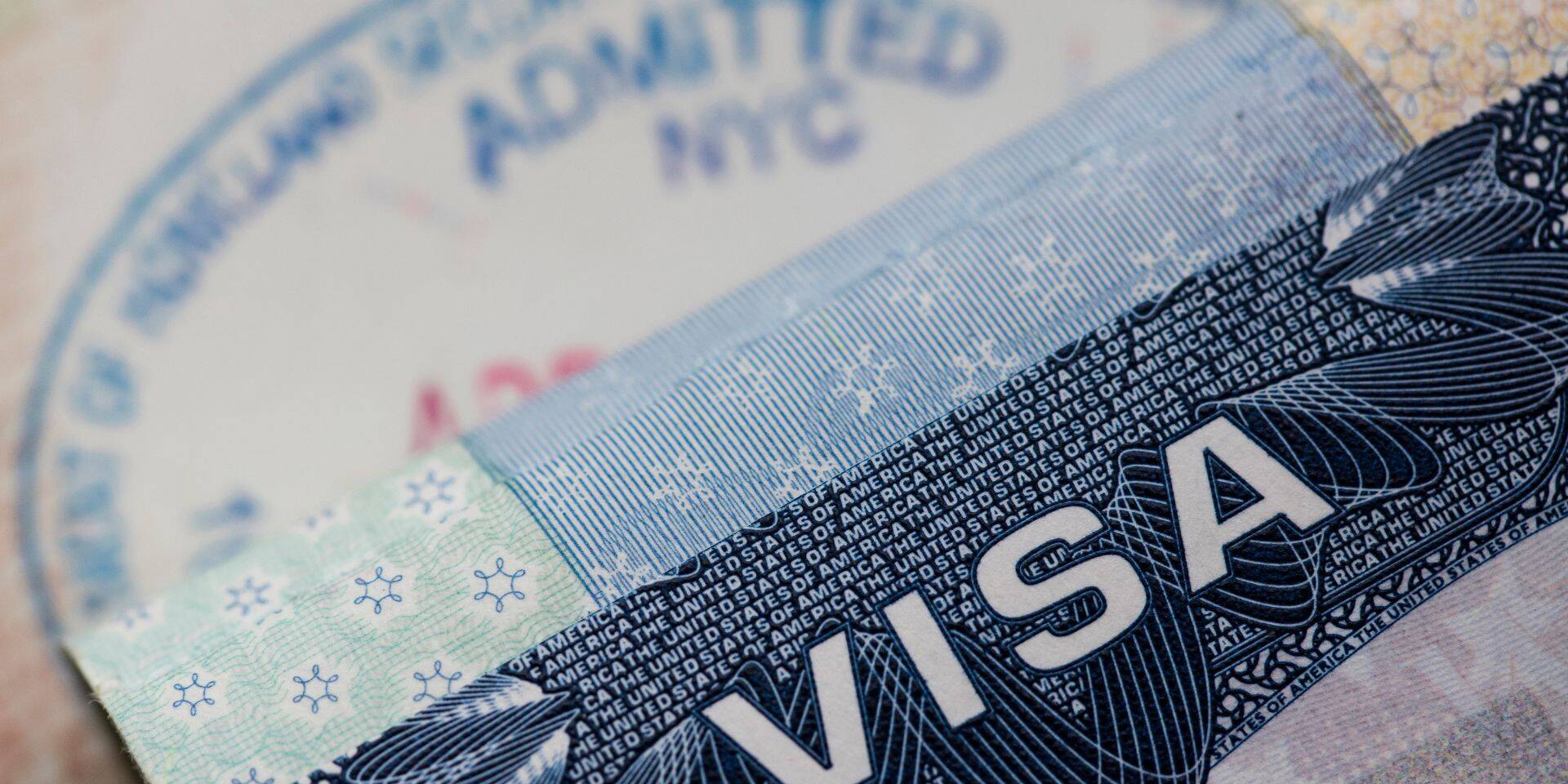by Julia Funke, Esq., Managing Attorney
USCIS announced a second round of selections for the H-1B FY 2024 Cap after USCIS failed to meet the congressionally mandated numerical cap in the first round. This is due to overall low filing, caused by general hesitance and fear among H-1B petitioners and beneficiaries alike. During the first round of selections, USCIS announced it would be aggressively targeting those who violated the multiple petition rule, citing a sharp increase in registrants with multiple registrations submitted on their behalf. As a result, many selected registrants with more than one job offer for the H-1B FY 2024 cap chose not to file, even when they had not actually violated the multiple petition rule. This was caused by widespread confusion regarding what the rule does and does not prohibit.
The multiple petition rule is found under federal regulations and states that “an employer may not file more than one cap-subject H-1B petition on behalf of the same person in the same fiscal year.” Following Matter of S-, USCIS issued guidance confirming that “related entities” include petitioners, whether or not legally related through corporate ownership and control, that file cap-subject H-1B petitions for the same beneficiary for substantially the same job. In this context, the rule is violated when an H-1B petitioner works with another company, entity, or beneficiary to unfairly increase the chance of selection. But there is no rule against unrelated employers filing petitions/registrations for the same beneficiary if the opportunities are for separate, independent positions at each company.
This year, many employers were not aware that their candidates had registered through additional employers for separate opportunities. When they learned this information following USCIS’ announcement, many were discouraged from filing. However, the regulations are clear that a prospective beneficiary may have registrations submitted on their behalf through more than one employer. This means that those who pursued more than one job opportunity for the FY 2024 H-1B cap did not violate any rule, as long as each position was legitimate, separate, and independent. The Final Rule expressly confirms “there is no prohibition on a prospective H-1B beneficiary considering job opportunities with multiple employers which may seek to extend a job offer.” Nonetheless, the harsh tone of USCIS’ announcement discouraged and scared many people and, as a result, USCIS received fewer H-1B petitions in the first round.
Now that all the first-round petitions have been filed and we are starting to see adjudicatory action by USCIS, we can report on early results and emerging trends. First, there has been a high number of cases straight approved. Looking at a representative sample size of 100 cases filed through ILBSG, 34 cases have received a straight approval without any RFE or further inquiry. This means 34% have been straight approved. Of those 34 cases, only 12 were in premium processing, while 22 received early approvals in regular processing only. This shows there is no clear advantage of premium processing in terms of outcome, other than an expedited decision. Only 4 cases have received an RFE or NOID to date. The remaining 62 are pending with USCIS.
The only multiple petition issue we have seen raised is for two legally related companies who submitted registrations for the same beneficiary for entirely separate, different opportunities (which does not violate the rule). We have not seen the multiple petition issue raised in any other context, including for beneficiaries who registered through multiple unrelated companies for different, separate opportunities. While there is always the possibility that USCIS could come back and raise the issue down the road, for now, we have not seen any different adjudicative practices than any other year.
Overall, the H-1B landscape has been favorable to both H-1B petitioners and beneficiaries so far. While USCIS will continue to target companies that worked together using a common scheme to undermine the process and unfairly increase the chance of selection, those who submitted registrations for bona fide, legitimate positions should not be deterred from filing. Even if the issue is raised, it can easily be addressed and overcome if there has not been any bad faith on the part of the company or candidate. ILBSG has extensive experience defending multiple petition inquiries and we are confident in our approach based on our past success with this issue. That said, each situation is fact specific and requires a case-by-case analysis. If you’re unsure whether the rule was implicated by your company or any prospective employee, consult with an experienced immigration attorney to make sure you get the right advice.
Those selected in the second round of the FY 2024 H-1B cap will be able to file petitions between August 2 – October 31, 2023. If you were selected and need help determining whether you should file the petition, reach out to an ILBSG attorney today. We recommend filing early to get the best possible result.
Related Posts
May 8, 2025
Immigration Officials used Criminal Database for Student Visa Terminations
DHS revealed they used the FBI-ran NCIC…
May 5, 2025
Big Tech Provides ICE with New Immigration Tracking Software
Federal officials are teaming up with a…


